On this day in history : 21st June 1919 – In the biggest act of self-destruction in military history German sailors scuttle 74 of their own warships at Scapa Flow in the Orkney Islands….
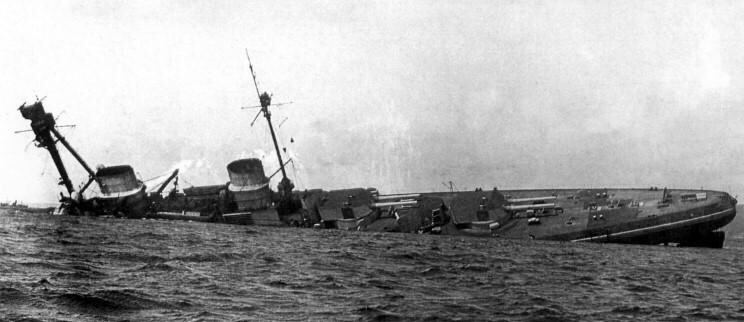
One of the terms of the November 1918 armistice, which brought World War 1 to an end, was the handing over of the German naval fleet to the Allies…. The details of the surrender of the fleet were worked out between Admiral Sir David Beatty on behalf of the Allies and German Rear-Admiral Hugo Meurer – along with other senior naval officers….
On the 21st of November 1918 seventy German battleships, cruisers and destroyers, under the command of Rear-Admiral Ludwig Von Reuter, arrived at the Firth of Forth, off the Scottish coast…. They were escorted to Rosyth, to the north-west of Edinburgh, where they anchored…. The order was given for all German flags to be lowered….
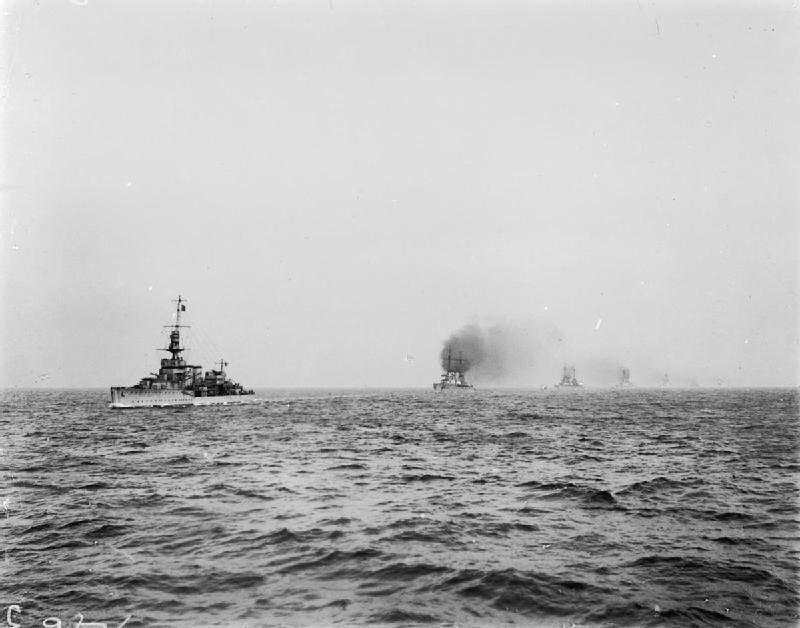
At this point the Allies had not yet decided what to do with the German fleet…. The French and Italians were hoping to get their hands on a few to replenish their own depleted fleets – whereas the British and Americans favoured destroying the lot…. In the meantime the fleet was moved to Scapa Flow where it would be held until a decision had been made…. Over the following few weeks four more ships arrived, now making a totally of seventy-four, along with 20,000 German sailors…. Gradually these were returned to Germany – leaving just skeleton crews to man the vessels…. The Germans were forbidden to leave their ships – food and provisions were sent from Germany on a fortnightly basis…. For months the men were kept like this whilst the negotiations continued – they were bored, restless and undoubtedly mutinous….
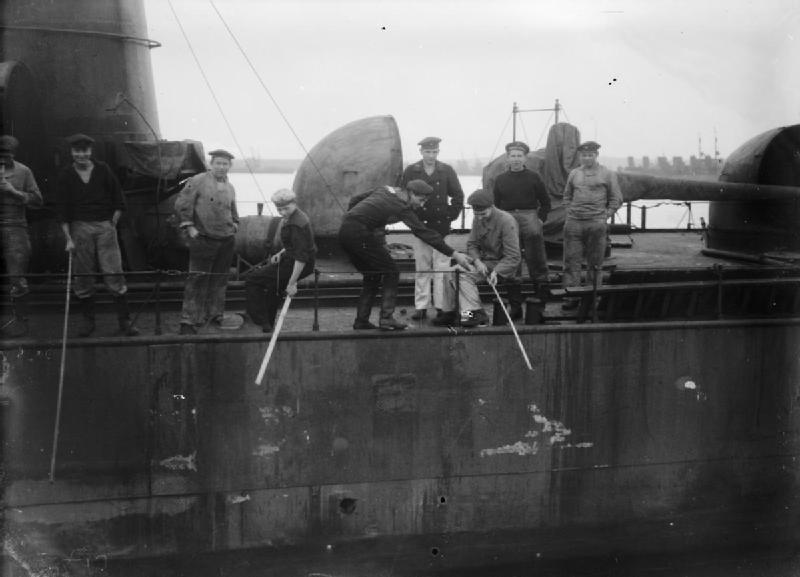
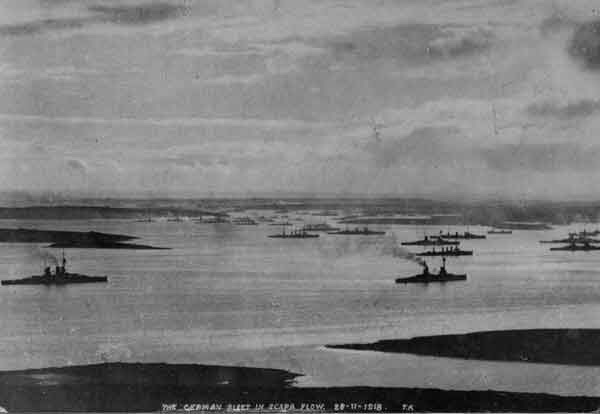
Eventually the talks in Versailles broke down…. Britain began to make plans to destroy the fleet, with a date being set for the 23rd of June 1919…. Somehow Von Reuter learned of this and began to put his own plan into action….
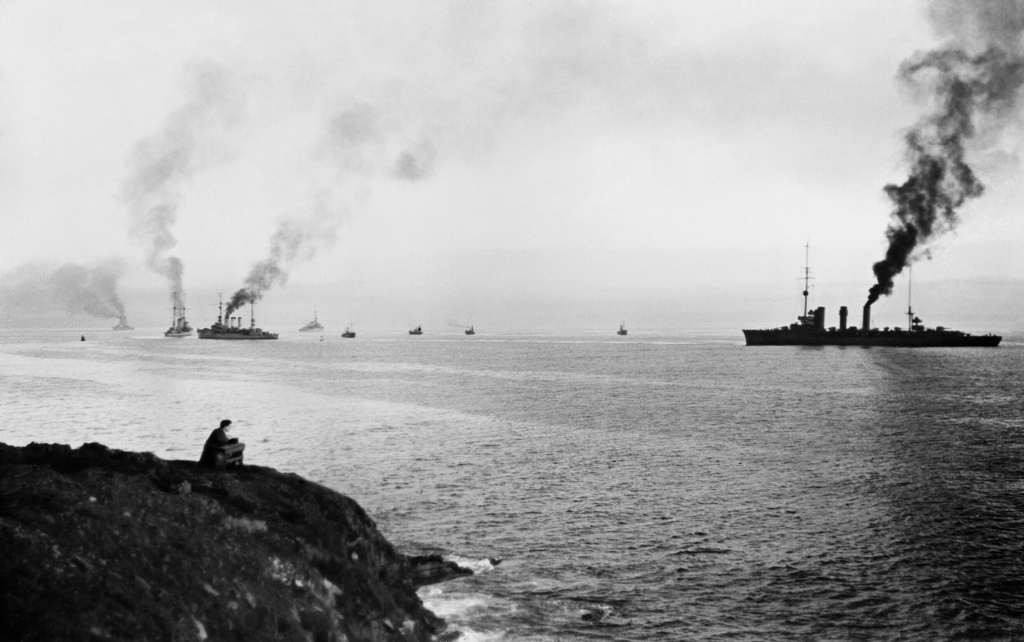
The 21st of June dawned a perfect Summer’s day – and the British fleet had decided to take advantage of the good weather and had left the harbour early to go out on exercise – leaving just a minimal guard behind to oversee the German fleet…. Technically the ships still legally belonged to the Germans, as they had not officially surrendered them – this explains why there was no physical Ally presence onboard….
At 10.30am Von Reuter set the wheels in motion to prevent the British from seizing the ships…. He had already managed to get messages to the commanding officers of all the other ships and as his flagship ‘Emden’ sent out the obscure message “Paragraph eleven, confirm”, using searchlights and semaphore, they knew it was their signal to scuttle….

The crews hoisted their German flags, opened water tight doors, the seacocks, portholes, hatches and torpedo tubes – and smashed pipes, deliberately flooding the ships…. It was done so that each vessel flooded from one side, causing it to capsize – it took the British a couple of hours to realise what was happening….
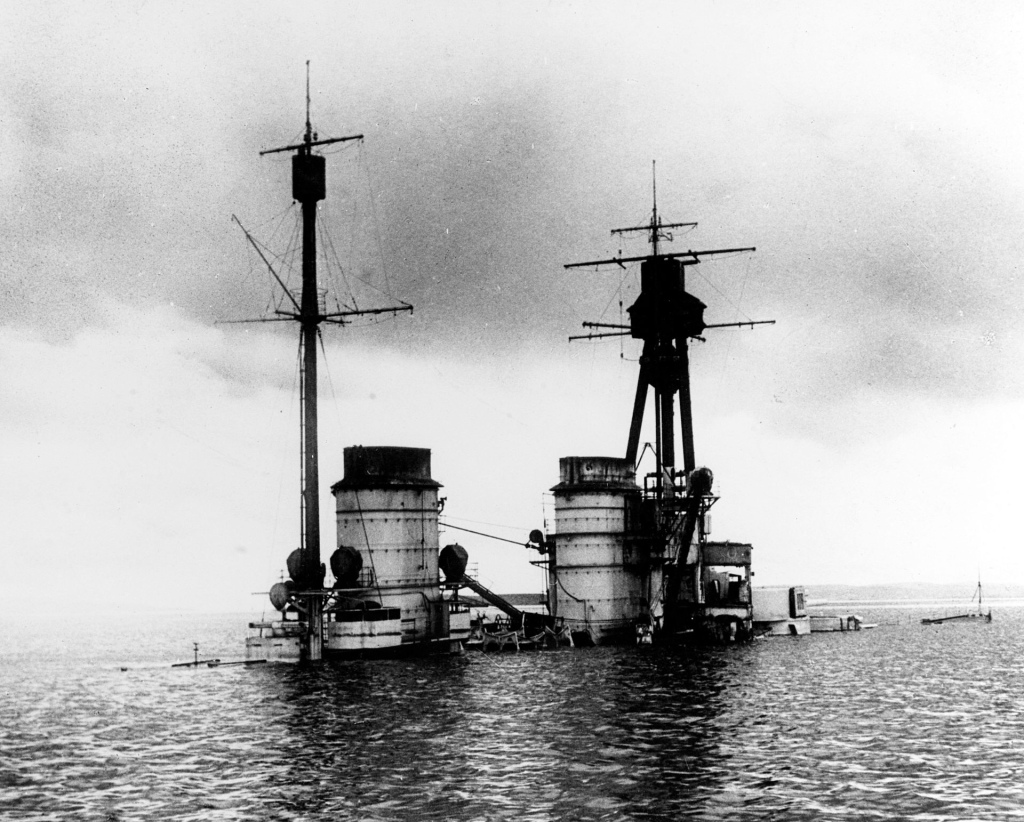
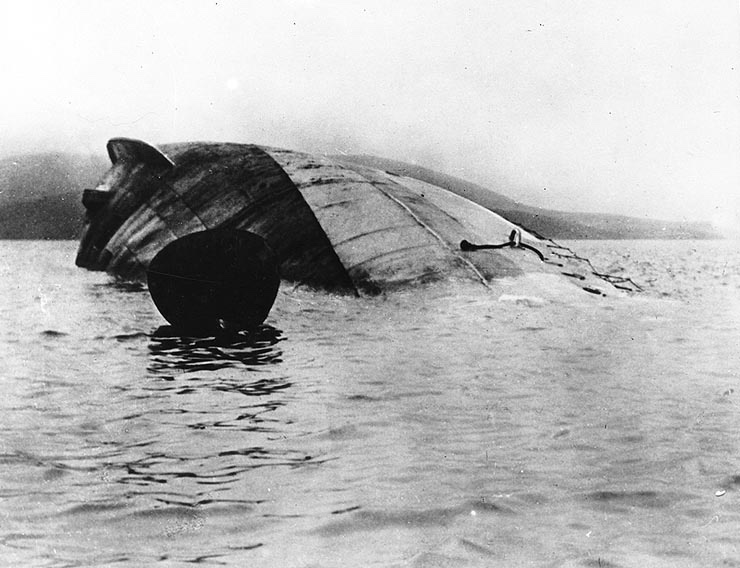
The Germans left the sinking ships in their lifeboats – while at the same time the British boarded some of them to try and prevent the scuttling…. They towed some to shallow water to beach them – skirmishes broke out between the opposing sides….9 Germans were killed and a further 16 wounded….
In all 52 of the 74 ships sank….the rest stayed afloat or were beached…. The islanders helped themselves to anything worth having…. Any surviving ships were then divided up among the Allies….

As for the sunk ships, some of them still remain there…. In the 1920s salvage attempts were made…. British scrap metal dealer Ernest Cox had managed to salvage over 30 by the early 1930s – he became known as ‘the man who bought a navy’….
